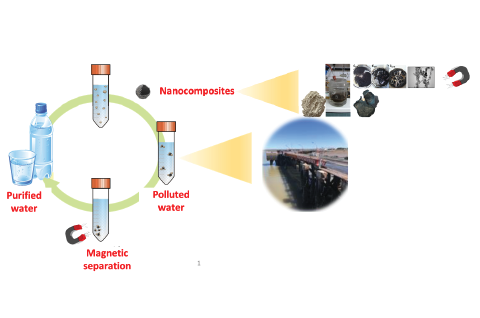Nanotechnological tools for the groundwater remediation: From lab to the real environments
REVIEW
Abstract
The presence of nanomaterials in our everyday life has largely grown during the last years. They have emerged as relevant tools to find solutions to old problems. Among the areas where nanotechnology and nanomaterials have shown value, environmental remediation appears as an important one. The capability to tune the nanomaterial´s properties and characteristics to confer specific properties to eliminate target pollutants, accentuates the potential of these materials. The purification of water for human consumption or industrial process is currently of priority due to the increasing demand and reduction of the available water sources. This point of view article intends to show that the assays performed in the lab are not sufficient to validate large scale processes. Removal of contaminants in real aqueous environments require that due consideration is given to the behavior of the nanomaterial in field processes, because changes in efficiency and lack os stability may result in these conditions.


